The plight of child refugees in Afghanistan
-
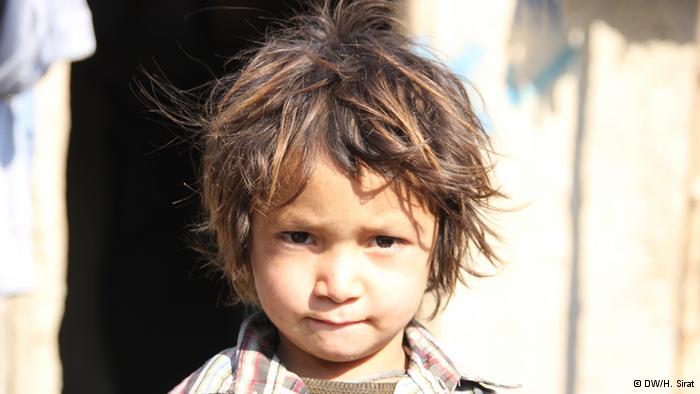
For decades, Afghanistan has been one of the poorest countries in the world. About 36 per cent of the population lives below the poverty line, according to the Afghan Ministry of Public Health. Existential fears evoked by the ongoing conflict have prompted people to leave their homes. As a result, many families end up going hungry and their children becoming ill. -
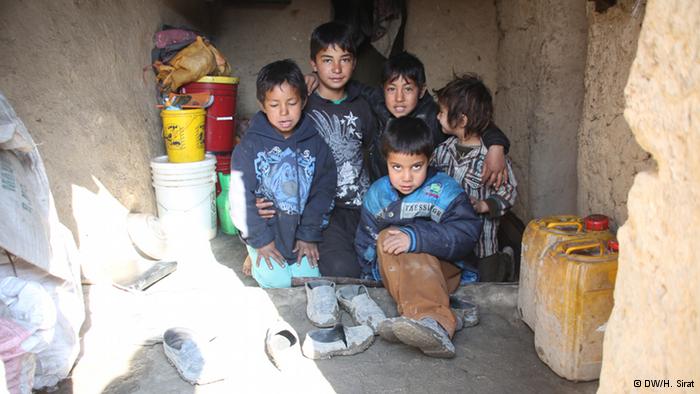
Many children show symptoms of nutritional deficiency and suffer from diet-related diseases. According to the United Nations, the number of acutely malnourished children in Afghanistan has risen steadily since 2012. The bitterly cold winter is exacerbating their situation. -
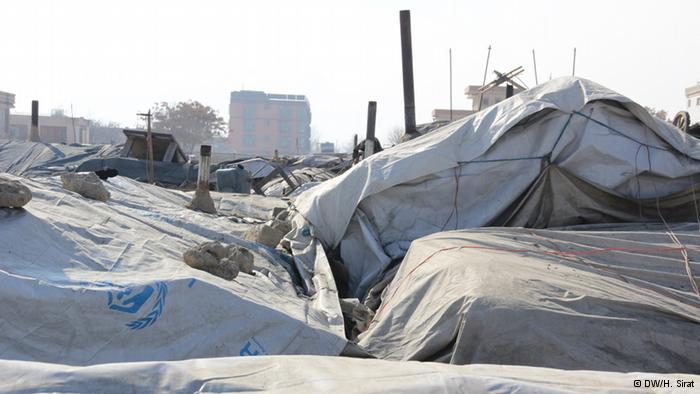
Children from internally displaced families are particularly hard-hit. According to the United Nations High Commissioner for Refugees (UNHCR), more than half a million people are on the run from the Taliban, especially since the extremists have regained control of parts of southern Afghanistan. Many children end up living in the slums of the capital city, Kabul. -
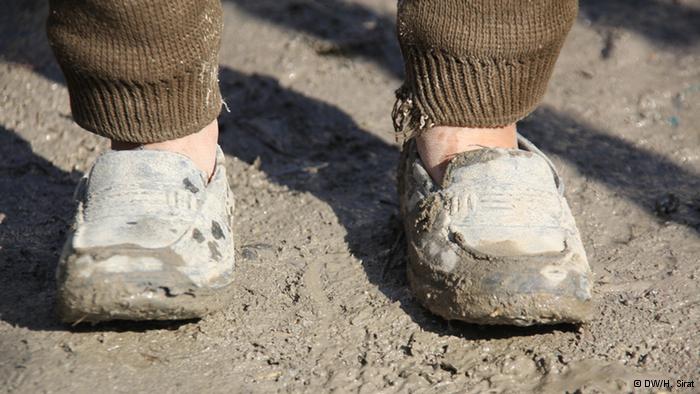
This boy from a refugee camp near Kabul has to settle for the shoes of an adult. Very few children have proper clothes, and many have to get by without any shoes at all despite the freezing temperatures. The city lacks the financial means to look after the refugees, who currently depend on donations from abroad. These contributions, however, are often not enough. -

There is neither electricity nor running water in the slums. Consequently, the refugees lack almost everything. Children have few opportunities to develop because most parents are unemployed and can't afford to send their children to school. -
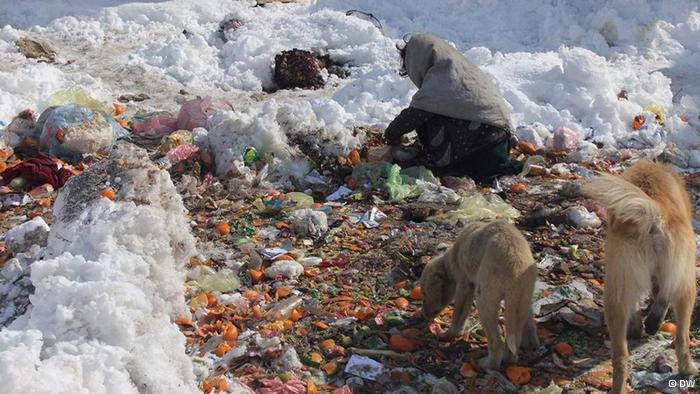
Some children scavenge in rubbish dumps for food they can either eat or sell. Many of them are forced to take up employment in order to support their families. Boys and girls often work as hawkers or on construction sites. -
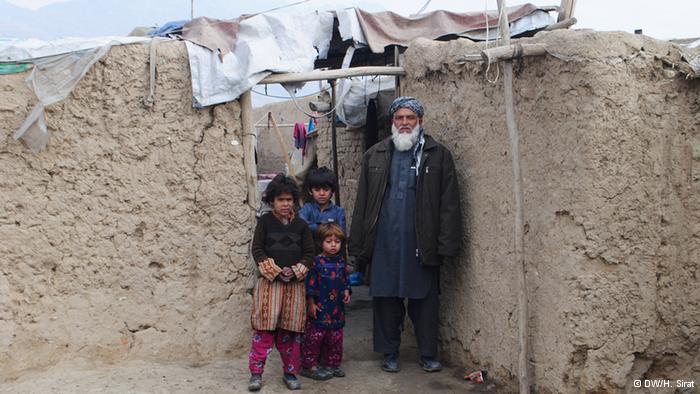
The families of people who are internally displaced are desperate. While the situation in their home provinces remains volatile, there is barely any room left in Kabul and nothing for them to eat. Nevertheless, the number of uprooted people continues to rise. -
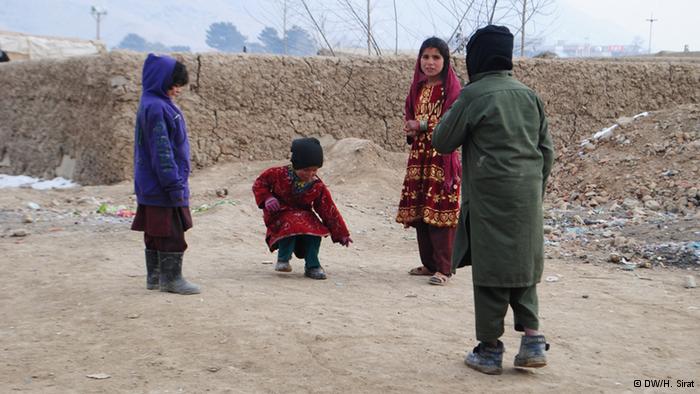
The United Nations estimates that the number of internally displaced refugees will further increase after NATO withdraws its combat troops by the end of the year. More than a decade after the US-led invasion and billions of dollars in financial aid, there is only little chance of these children growing up in a safe environment with access to health care and a proper education.
https://qantara.de/en/node/17438
Link
To all image galleries